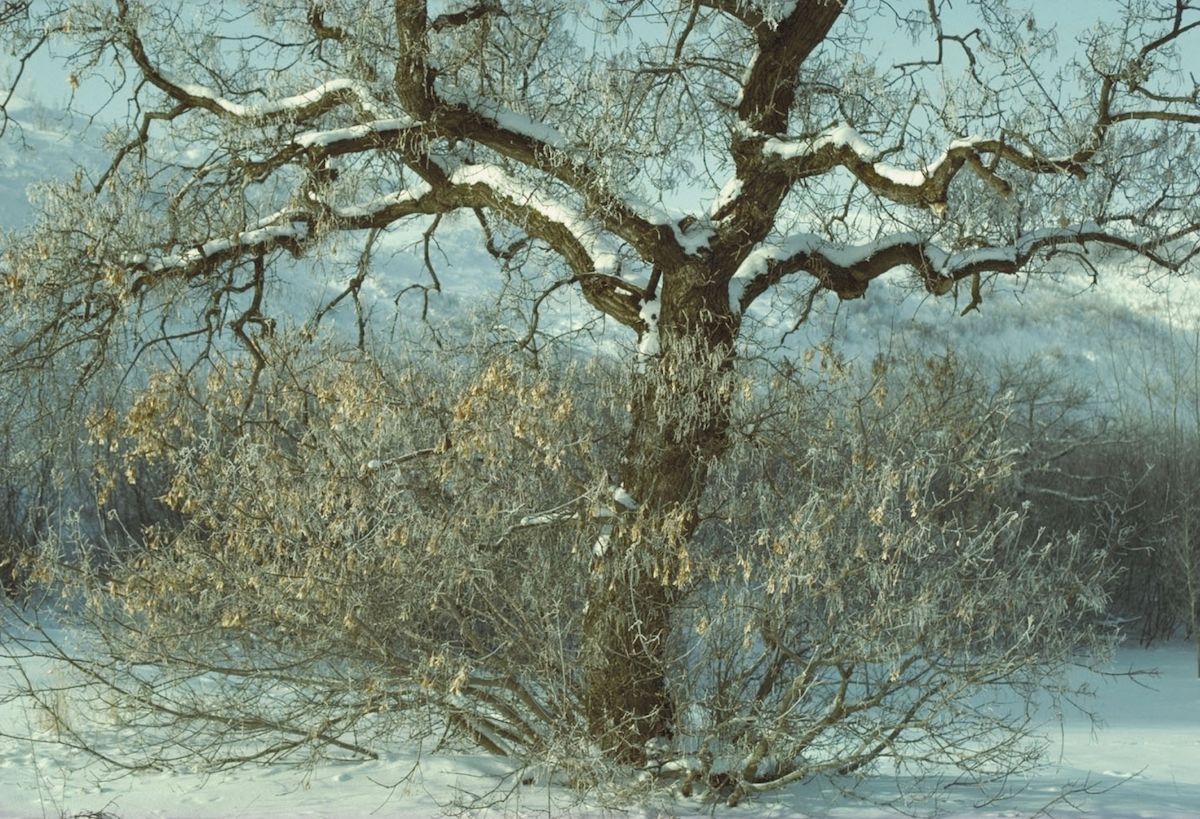Portal One
The Inner Landscapes Kaleidoscope
Background and Beginnings
Inner Landscapes
is a story of possibilities. As I write this in 2024, one primary and most obvious observation I have about the world is its diversity. At this time of instant digital communication with electronic eyes everywhere and on everyone, never have we heard and seen so many differing voices, attitudes and beliefs about our world. But this also gives us the opportunity to see the commonalities, the shared experiences and the deep desire for unity and peace on this planet that we cohabit. So, there is an urgent need to listen and collaborate ... to identify common unifying goals, while still honoring our differences. To do this ~ to be able to act with a discernment aligned with integrity ~ we need to be aware of what drives our individual, cultural and world consciousness.
The first glimpses of what we eventually called Inner Landscapes began when a mutual friend introduced Courtney and me in 1987. Courtney was on his way to photograph Mt. Shasta, California, the first step of his self-declared project to portray sacred landscapes around the world. It felt like an auspicious beginning, leaving us in awe as he shared this stunningly beautiful and unique image of sunrise over the sacred mountain. It was so fleeting and so bright that he did not know if he had captured it.
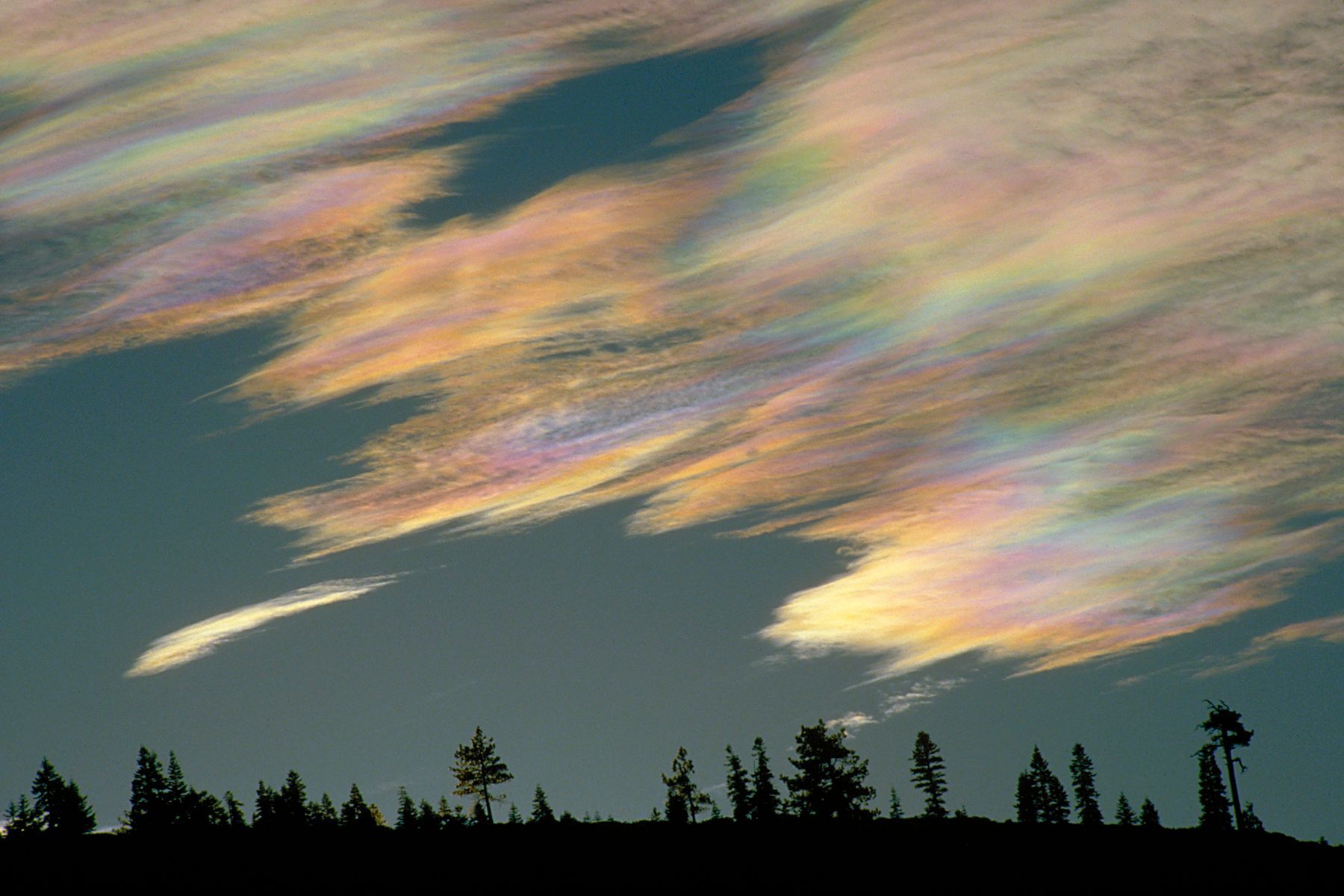
Of course, being 1987, this image was taken on a manual camera so there was no instant feedback with a digital screen to consult – Courtney automatically engaged his intuitive knowing with his skill and experience to get this image --which could have easily been washed out and overexposed. But it wasn’t – it was perfect – a fairy tale beginning to our story. It was made even more precious when the photo was awarded the 1993 First Prize from the Roger Tory Peterson Institute.
The impetus to follow one’s ‘dream’ – and one’s intuition – was embedded in Courtney’s psyche. An ‘aha’ moment in 1967 prompted him to leave his early training in psychology to study photography at Brooks Institute in California, followed by journalism and mass communication at the University of Minnesota. In 1975 he became depressed when his first marriage dissolved, but he dramatically changed direction again when a profound dream directed him to quit his management job in communications, to pick up his camera and to photograph bison and northern lights. So he did, and over subsequent years he built his collection, published his first book, Prairie Light, and began to make a living teaching photography. These endeavours took him full circle back to his roots in psychology as he started to question what led him to his photographic subjects – what was his personal perception trying to tell him? Why was he drawn to certain landscapes, and not to others? These questions were the impetus to investigate a deeper level of awareness, setting aside traditional documentary techniques and using his camera to create impressionistic images or vignettes that portrayed the mystery and spirit he felt when he was surrounded by the natural world. When we met in 1987, he had just received a list from a modern-day mystic of The Twelve Sacred Places of the Earth, and he was excited to travel and photograph such exotic sites. We weren’t even sure what a sacred place was, so we explored Banyan Bookstore in Vancouver BC and there found only five books referring to ‘sacred’ places. Four years later, when Courtney’s book, The Sacred Earth, and my companion volume, The Pilgrim’s Guide to The Sacred Earth were published, there were hundreds of titles with the theme of the sacred geography of the world ... now, there are thousands. But that’s another story.
Back to 1987, to a secret story, one I have never told, and had in fact totally forgotten, about an “accidental” inner landscape experience I had when we met. While writing this introduction it suddenly came to me that there was a specific image that enticed me into our relationship. The night of our first meeting, a group of mutual friends invited me to join them to see Courtney’s slide show of images from his recent trip to Hawaii. I was stunned by the mystery and beauty of this image of Haleakala Crater. The fact that Courtney was able to see this magic awakened something in me. As I look back now, I realize my inner landscape was whispering to me that this was a man of depth, but the intensity of my response was unsettling. Luckily my imagination, intuition and courage prevailed. Our relationship developed over the next months, even while Courtney was leading photography trips to South America and Antarctica.
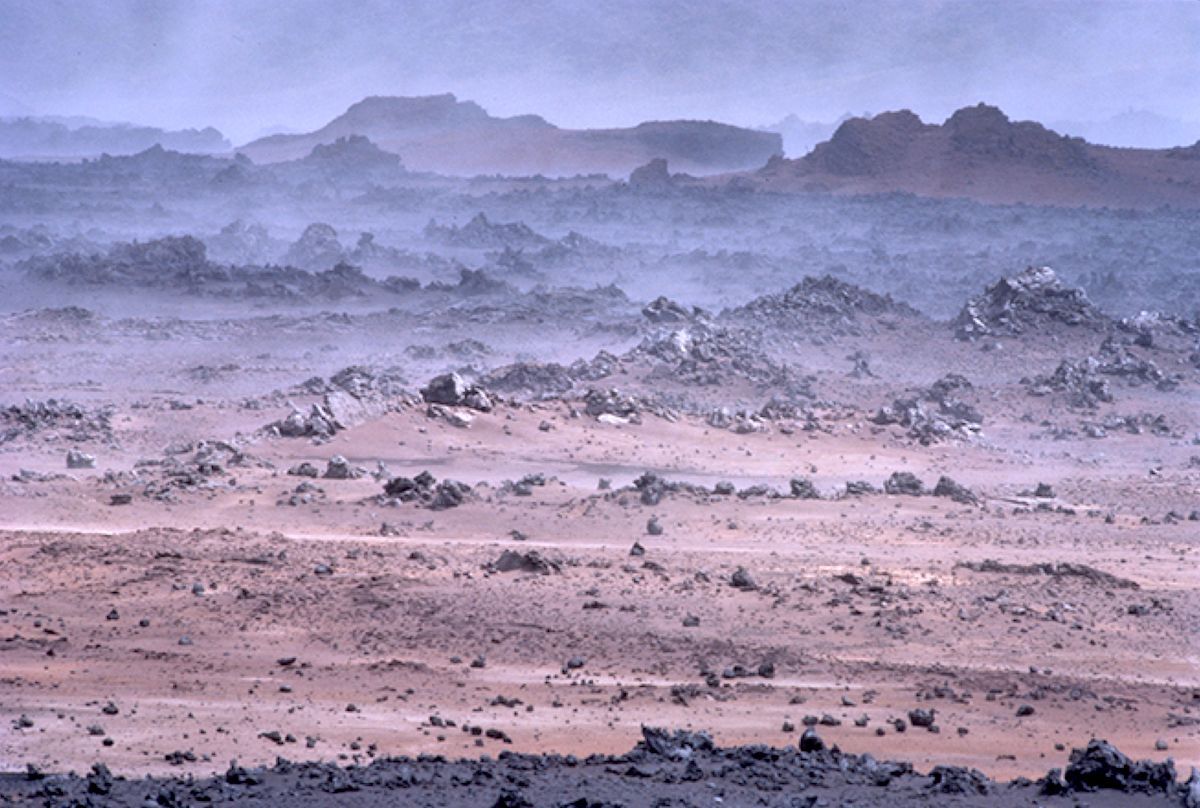
The following spring, we shared our first trip of many to come; while Courtney photographed, I became researcher, archivist, organizer and writer of our travels. Later that year we embarked on a 10-month journey around the globe to photograph sacred places, marking the beginning of a magical personal and creative life fueled by the genius of imagination and intuition.
The formal idea of ‘inner landscapes’ was to appear on that first photography trip in 1988 that included participating in a personal Tai Chi and Dreams workshop at a beach retreat in Tulum, Mexico. Courtney brought a deck of images called the Reflexions Cards, so-named by their creator as a tool of inspiration and self-awareness. The patterns were a swirl of color mixed with oil and water that created impressionistic designs, with each card then labelled with a theme. Courtney combined his psychology and art interests, playfully introducing these images to the group as a fun way of getting to know each other. People would take one look at a card and say, with delight: “I know what that means,” and start to share a significant story about their life. This was the beginning of seeing how images could prompt intuition and evoke deep personal insights.
A few years later our psychologist friend, Dr. Tana Dineen, designed a group of Courtney’s images of sacred places into a collection based on the way she used the Tarot in her clinical practice. The Tarot and other ancient methods of divination incorporate themes based on mystical and revelatory symbolism. Because we were not skilled in the Tarot, we did not use the cards, although she found them very effective with her clients. Instead, we created our own technique of Inner Landscapes using Courtney’s images, without adding text.
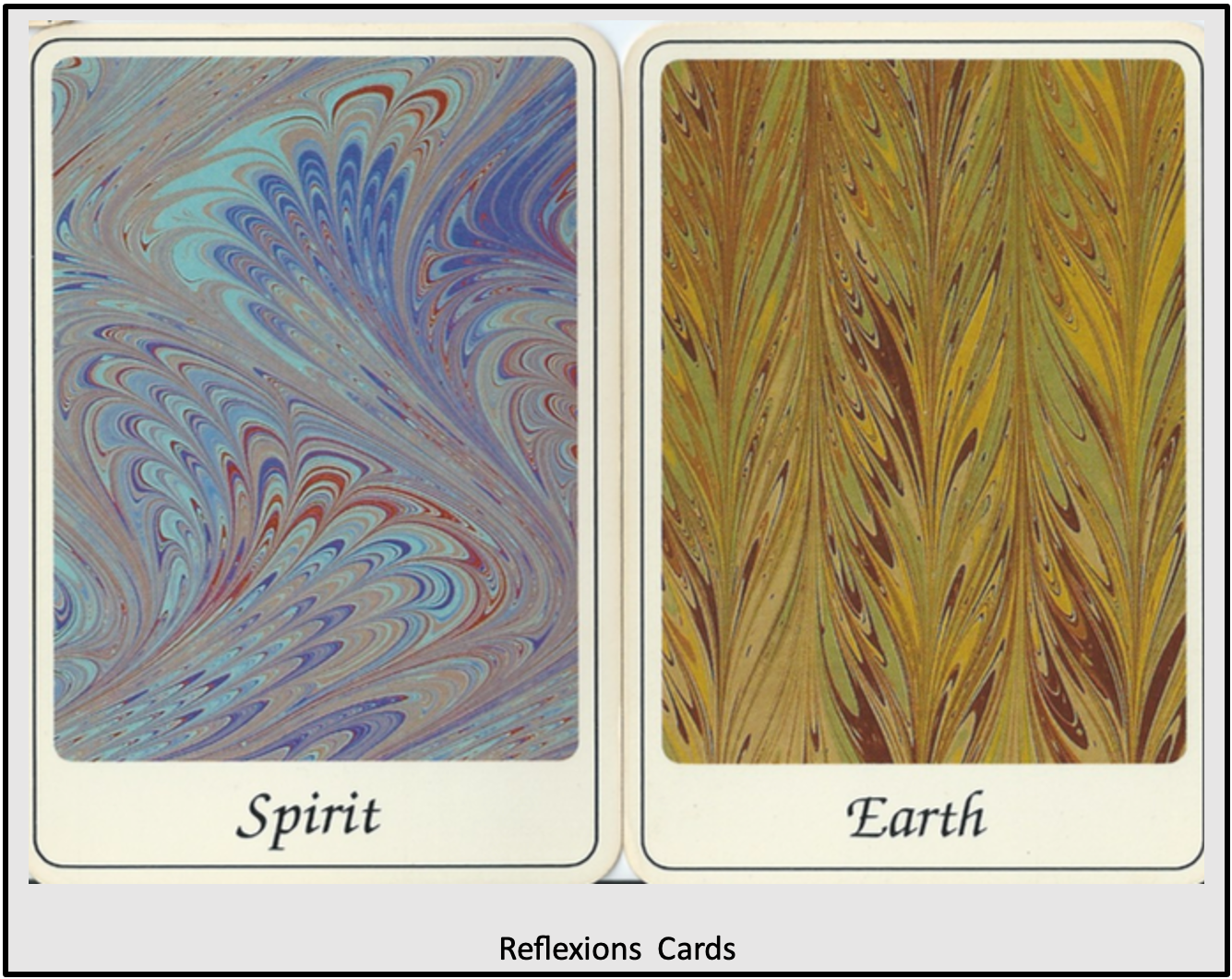

Over the subsequent years we offered many Inner Landscapes workshops to photography students as well as the general public, using Courtney’s collection to teach how images can prompt the participant’s inner knowing. Over those years many other image collections came into popular use as tools for personal insight, with specific themes based on the divine feminine, traditional indigenous medicine, world mythology, shamanic journeying and animal wisdom or nature symbolism, to name a few. These coded images and descriptions can be very powerful guides to insight. We, however, continued to use images without attaching concepts, thus facilitating participants to reach deep within themselves for their own uniquely personal responses.
This hunger for inner wisdom has now become a major industry, with multitudes of these and other insight tools now available in any gift shop or bookstore.
Psychologists often use visual techniques to prompt imagination or to facilitate a client’s understanding of a personal dilemma. In photo documentation the subject creates photos, paintings, collages or other artwork, and then explores why they were compelled to make those particular images. Over many years of teaching photography, Courtney urged his students to explore the driving forces that led them to choose the vignettes they were drawn to photograph. What did the images reflect about their life issues? What did their images portray about their personal feelings and beliefs? How did they feel looking at them? He encouraged his students to use their cameras to explore their deepest desires, saying telling your story makes who you are more tangible. I would add that telling your story makes you more tangible not only to others, but equally – and perhaps more importantly -- to yourself.
Our Inner Landscapes approach is a type of photo elicitation, similar to the Rorschach ink blot technique, where externally sourced materials are used to draw out a personal response. However, one unique difference in our Inner Landscapes technique is that the client is invited to ‘tune into’ their question as they randomly select unseen images to work with. Images are selected either by number, or from printed images placed face down on a table, so there is no conscious preference to single out images they visually enjoy. In fact, this is an aspect of the intuitive process that is often shown to be profoundly important to the outcome of the question that the participant is working with. There is often a magical sense of their hand being guided to blindly “choose” a certain unseen image. Once they start to work with it, clients often respond to their selection saying ‘this is the perfect image’ to illustrate their personal conundrum.
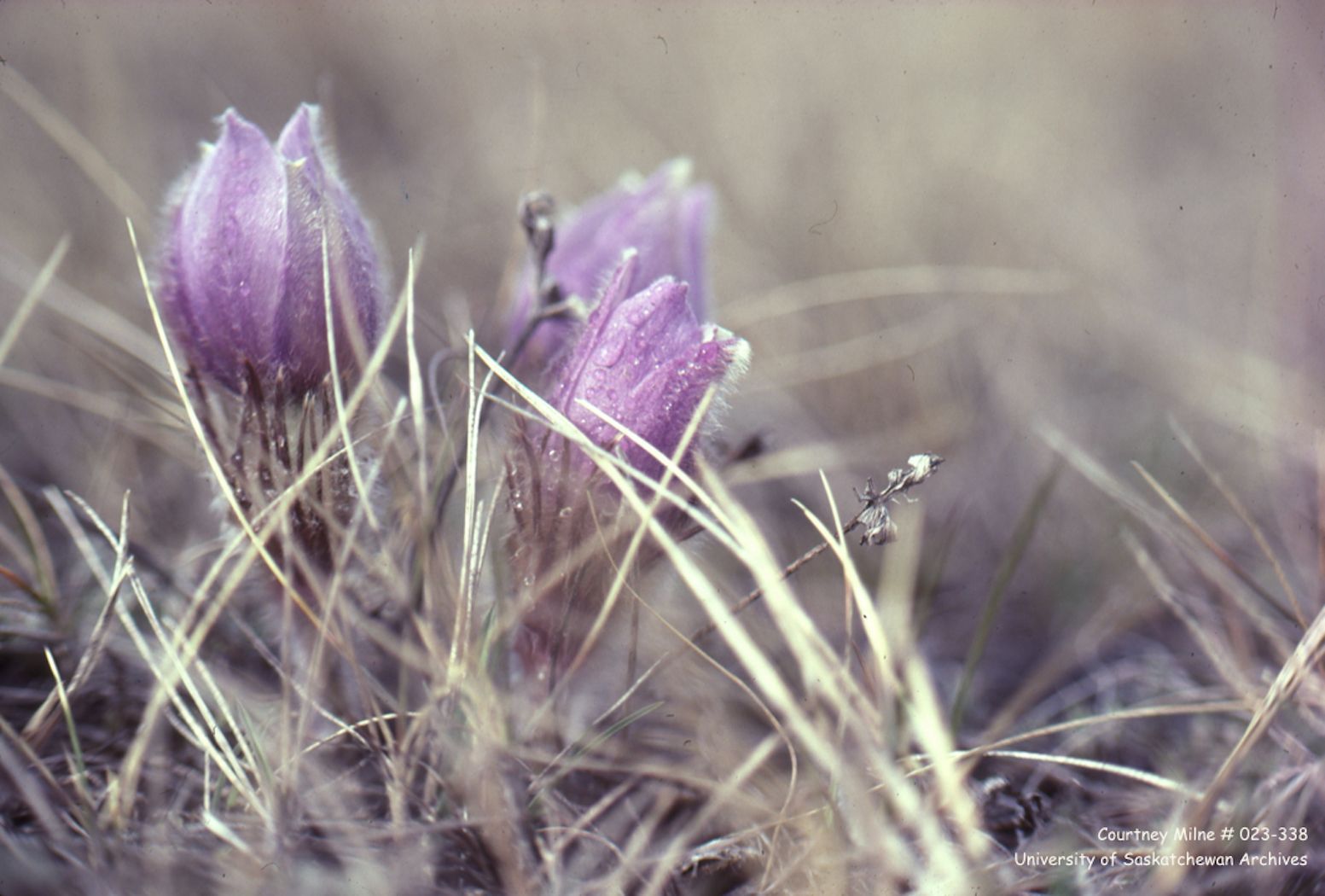
People with intuitive or meditation training often show an enhanced sense of being guided to an image. This was particularly obvious in one meditation course where the Inner Landscapes photographs were used to expand their internal vision. Students spent several days practicing Clairvision inner vision techniques and then used the photos to integrate inner and outer images. One participant wanted to put vision on whether he should get married and have a family. He tuned in and was astounded when he picked this image of three crocus buds. This was the only image in the whole collection that showed a threesome of anything! It confirmed to him that, indeed, they were to be three, and within a year they had their first child.
Contrary desires can also clarify intentions. One couple I worked with eagerly questioned how they might create a life of beauty and passion. They were delighted to have many beautiful images emerge, such as this one of Mount Fuji through a dewdrop, which for them reflected the life they hoped for, encapsulated by spiritual aspirations.
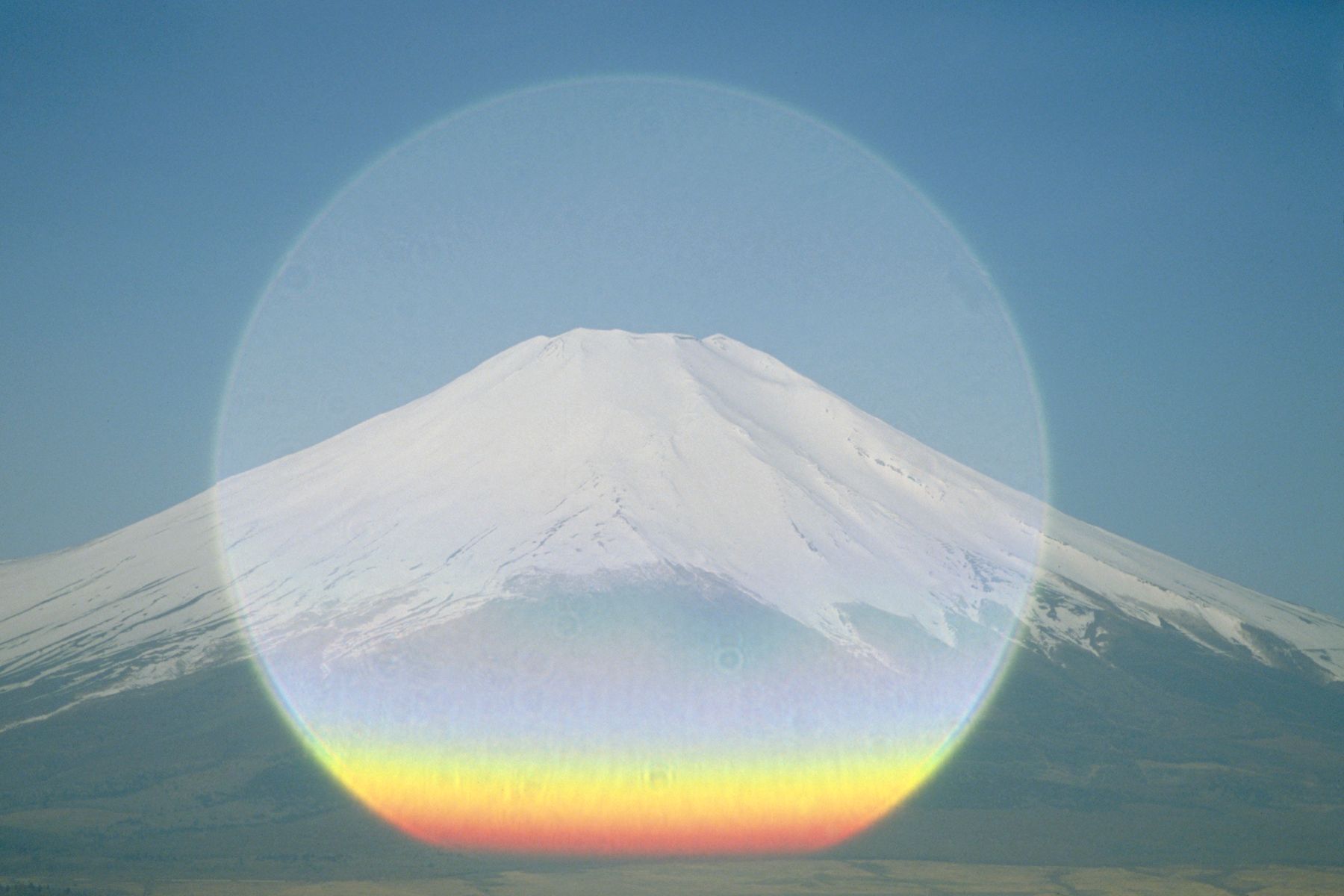
However, the final image of the seven we worked with, which was to portray the outcome of their question, did not fit that picture in their minds. Instead of a thrilling rainbow or sunset, they (blindly) chose this image of a bison in the deep snow of winter.
They hated it, and wanted to try again and pick another image that might fit their idea of a beautiful life. I suggested instead that we work with the elements of the initial image to identify what they did not want in their life ie the stark winter landscape did not lead to the peaceful pastoral green landscape they desired. Some people see this bison as an image of power and endurance and as an Indigenous symbol of ancestral continuity and support -- but this couple saw it as cold, gray and barren. By working with the elements of the image that caused them to react negatively, they were then able to identify what they did want.

The power of our Inner Landscapes technique was cemented some years later when our friend Christine came for a visit. She was newly engaged to be married, but was feeling very uncertain about how this relationship would impact her budding career as a writer. I suggested we do an Inner Landscapes reading, using a selection of small printed images that I placed face down on the table. She chose one, unseen, turned it over, and revealed this image as a portrayal of her question:
how will this relationship impact my work?
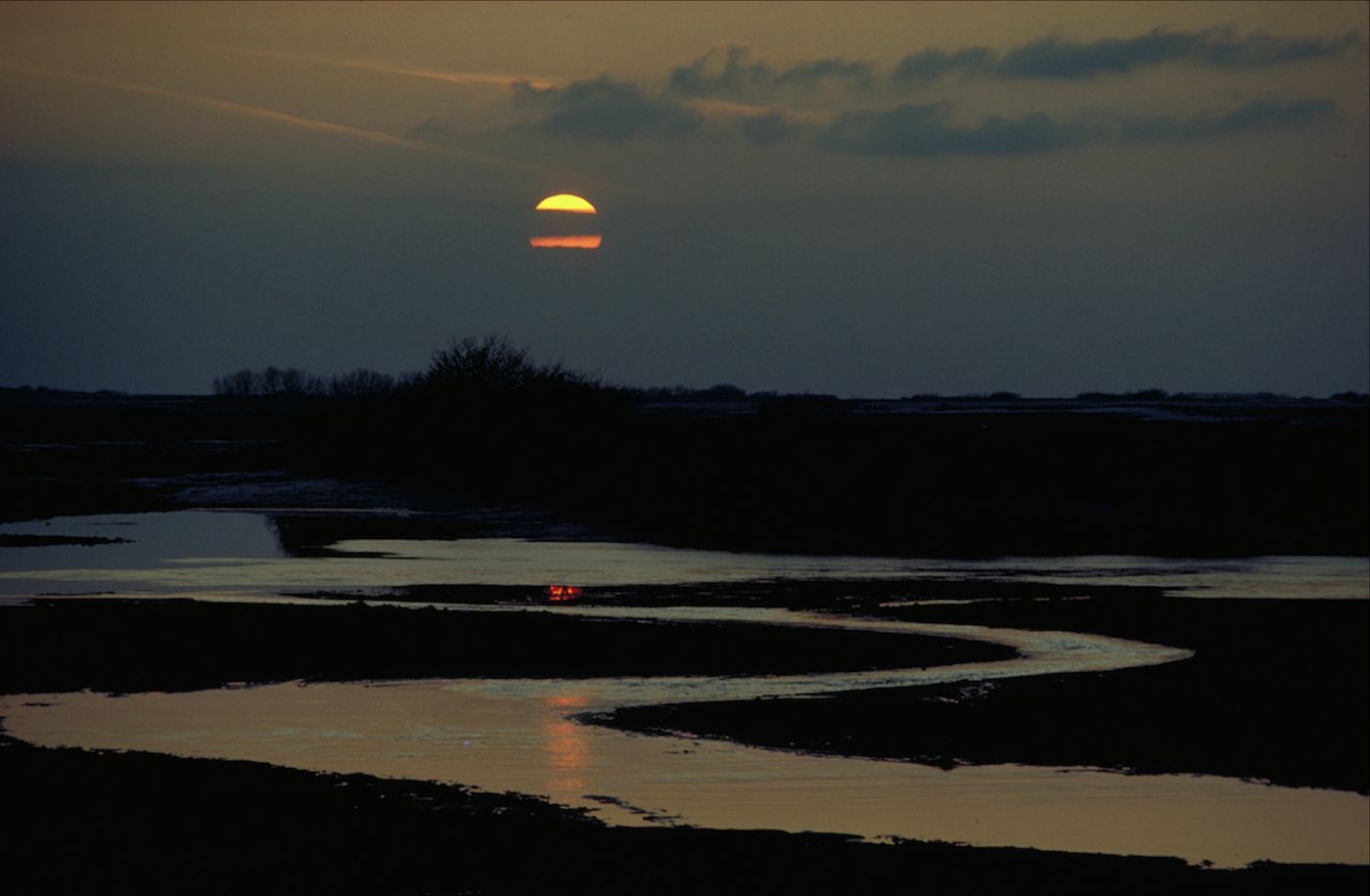
She immediately said: “it’s all black, it’s not going to work, there’s no hope.” I was stunned, because for me this image is luscious and rich, full of warmth, flow, promise, contemplation and continuity. But Christine only saw the blackness - which to her felt hopeless.
And indeed, the relationship did not last – in fact, she terminated the engagement soon after. Her certainty was a powerful confirmation for me of how the conscious and unconscious state of our mind - and our heart - influences our perception. What Christine hadn’t yet seen was that this story was only the first chapter of major change in her life, as she eventually realized she was also not meant to be a writer, and instead used her creative talents to build an eco village in Mexico, which she still operates.
What we believe matters. It is a reflection of the template of our life. I am reminded of one of my early teachers, Chuck Spezzano, whose favourite theme was the way you do anything is the way you do everything. That has been good advice, to acknowledge the habitual patterns of thought and action that keep us stuck in our past stories. We now know that our brains have the flexibility - the ‘plasticity’ - that allows us to learn new patterns, to upgrade and innovate our thinking, and to evolve and heed the call of the times to create our own ongoing transformative story.
What might this image tell you about your life? What theme or feeling might it mirror for you?
Inner Landscape Motifs — mystery, myth, magic and memory
An Inner Landscapes session creates a portrait of the ways we see the world at a given moment in time. It can show us why and how we choose to look at the world around us, what we are drawn to focus on, what we end up seeing, and what it means in the context of our life at that moment. These responses reflect our personal makeup: our history, our beliefs, our cultural conditioning, our day-to-day life habits, our experiences, our imagination – all of which culminate in our deeply individual understanding of the world.
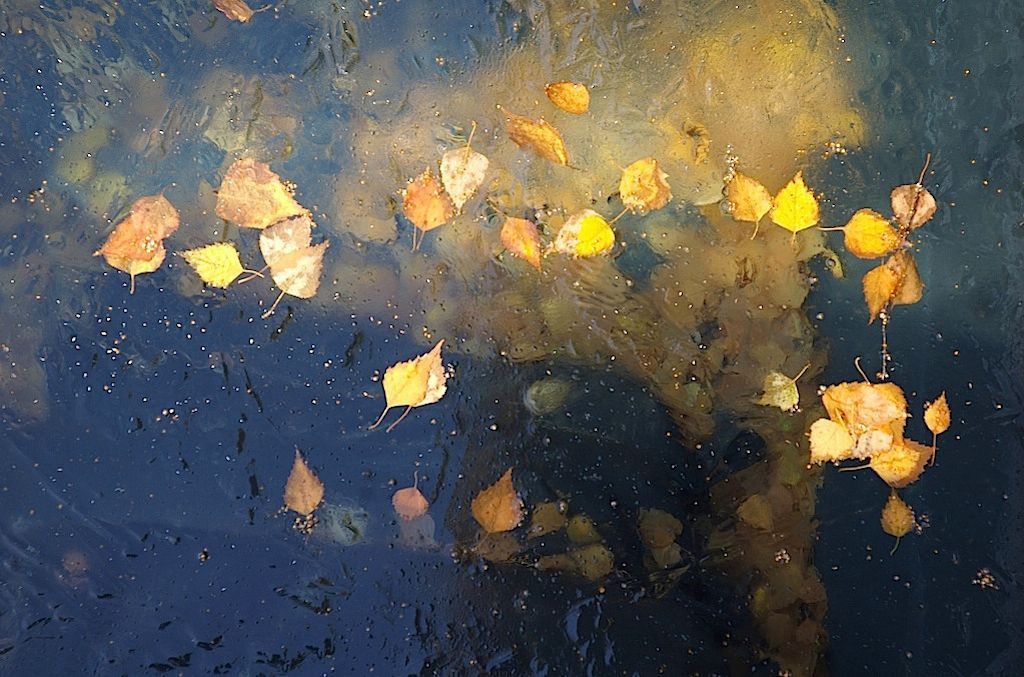
The way I use Inner Landscapes is like a snapshot of this moment in response to a client’s question about their life. Like we saw in Christine’s reaction, it often becomes a pathway to discover one’s authentic self, and frequently uncovers hidden desires and a panorama of choices that have not been seen before.
There are so many ways of knowing and perceiving. Many of these ways involve intellectual or scholarly pursuits. We usually rely on our five basic senses of sight, sound, touch, taste and smell to facilitate or interpret our connection to the world, to better understand how and why we do the things we do. The Inner Landscapes process opens us to cues that can expand our internal awareness through intuition and deeply embedded memory. In the most magical ways, it can shine a light on a niggling feeling - or a sense of something that we can’t quite put our finger on – or the big question we just can’t quite ‘figure out’ ... it works beyond our usual rational understanding – so this Inner Landscapes technique is a way to bring these energies into our conscious awareness.
These parts of the self are embedded points of wisdom waiting to be awakened ~ and remembered. Because the images do not have concepts or pre-fixed meanings attached, they can thus evoke a unique inner dynamic response imbued with vital personal meaning along with the accompanying awareness of how they work in one’s life.
Here’s another vignette with a snapshot of the immediate impact an image might have.
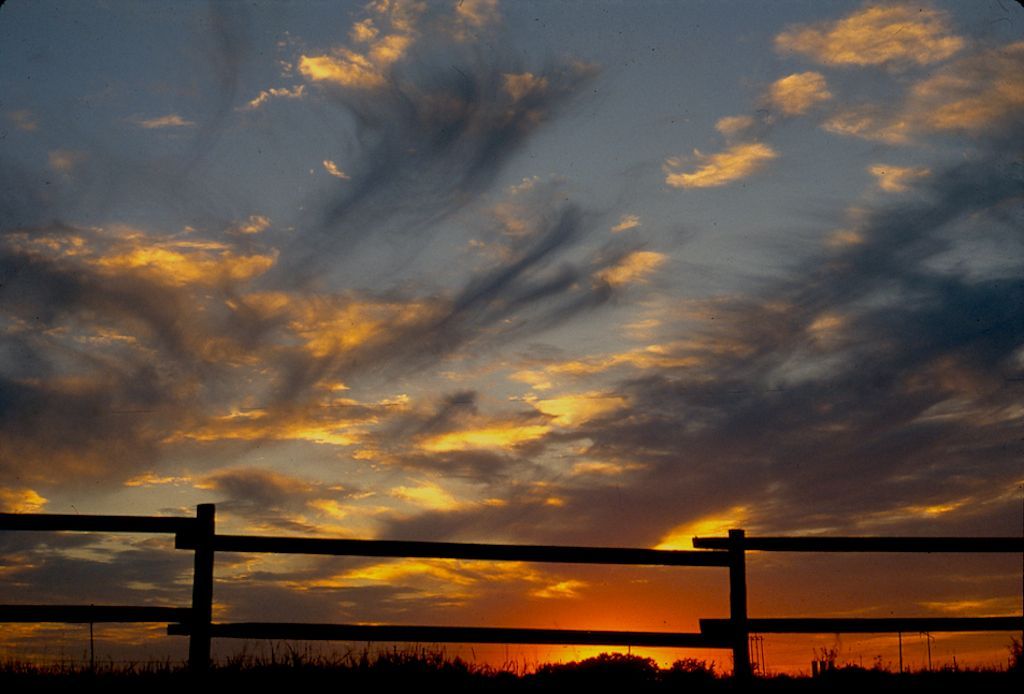
This client came with the question: how can I find better balance in my life. We worked with seven images to create a portrait of her dilemma; this third image addressed why her question had come up now - what was happening in her life? She spoke of the difficulty and her frustration in managing a long-distance relationship, in not knowing where they were heading. When I asked: ‘where do you see yourself in this picture’? she blurted: I’m on the fence.
We looked at each other, both recognizing how potent this response was, and I asked: how is the view up there? She replied: I can look both ways ... it feels secure, there’s something to hang on to when the wind picks up – that represents my resilience... I don’t want to be a ‘fence sitter’ but I may have to stay here awhile – the clouds may be stormy up there but I also feel absolute potential in this sky. This ‘on the fence’ metaphor was a major turning point that gave her a new perspective on her hidden strengths and how she could live with more patience as they sorted out their living situation.
In these sessions I am always attentive to Marcel Proust’s reminder that the real voyage of discovery consists not in seeking new landscapes, but in having new eyes. With those ‘new eyes’ primed through this Inner Landscapes photographic journey, participants leave refreshed and eager to peer anew at the world around them, fired by a new level of wonder and awe.
This Proustian-inspired ability to see ‘with new eyes’ is echoed by Mark Nepo, author of 7,000 Ways to Listen, who assures and encourages us to open to new awareness through another human sense receptor:
There is a sliver of beginning in each of us ~ we need to lean in softly, with a willingness to be changed by what we hear.
The Mirrors of Consciousness
So, what IS thing we call ‘consciousness’? What do we know? We believe it is not the physical brain, or the mind, or a collection of facts and information, although it may involve or be expressed through some neural correlates or biochemical interactions. At its most basic, consciousness is the awareness of our individuality, alive and in the world.
For me there is also a sense of knowingness that we don’t quite understand. It encompasses a spiritual impulse, including an awareness of non-physical aspects of reality, a recognition of being part of something bigger than our personal self, beyond ordinary mental states that are incapable of comprehending non-physical metaphysical spaces. We can practice surpassing our ordinary mental awareness when we’re in nature, or in a state of awe – in silence – or in the stillness of reverie and unstructured time. These expanded awareness experiences are explored in more depth in Portal 2, Dreams, and Portal 3, Inner Vision.
Some threads of this consciousness might facilitate our connection with the more-than-human around us: the 2-legged, 4 legged, feathered, furred or plant beings. Indigenous cultures the world over express this web of integrity and connection as ‘all my relations’ ~ it is so much vaster than the personal self. This is ancient, beyond the rational mind, and deeply personal as well as universal.
Perhaps, as this green layer of ice portrays, much is hidden.
The Institute of Noetic Sciences defines consciousness as a
fundamental primordial awareness out of which the physical world emerges, reflected in their tagline
inspired by science, transformed by knowing. Their mandate is to weave together science and knowing, with respect for both pathways to understand how humans connect to each other, to the world, and beyond to other realms. They use the power of science to explain phenomena not previously understood, harnessing the best of the rational mind to make advances that further our knowledge and enhance our human experience, including study of historical records of wisdom practices that open us to insight through inner wisdom. They seek to train the lens of science onto the edges of awareness and of non-physical phenomena, to illumine the fullness of our human potential.

Jean Houston, one of the long-time leaders of the human potential movement, suggests that consciousness is the underlying organizational principle of the universe – that the universe dwells within us and that we are the ‘mything’ link. This is a lovely play on words, giving humans the status of a ‘missing’ link in our ability to connect our earthly life with the mysteries of the cosmos. I agree with Jean, who believes we have an individual and collective role as evolutionary catalysts to discover - or create - the optimal template for higher consciousness within the body. In seeing our exterior world as a mirror of our inner being, as I do with the Inner Landscapes technique, Jean reminds us we have to shine up the mirror in order to better see the past, ourselves, and our inner spirit. More on this in Portal Three.
In his book Memories Dreams and Reflections, Carl Jung reminds us that we are enmeshed with inborn, indistinct forms that predate consciousness. He suggests these archaic archetypes carry a numinosity that can be perceived through layers of perception. These are the spaces of luminosity that are available through transrational experience [portals 2 & 3]. This is the matrix of the mythopoetic imagination that takes us deeply into the world soul, expanding our awareness of our place in something so much larger than the personal self, embedded in the mystery of the universe that carries the revelation of the cosmic threads of life.
We have a reflective mechanism, an inner intelligence beyond the mind, that is woven into our human energetic system, sculpted to foster our perception of, and connection to, the universe. This echo of the concept of mirroring brings an understanding of consciousness closer to home for me in using Courtney’s images of the world as that reflection – to find our place in that vast understanding of what I call our Inner Landscapes. This is the work of soul, the path that leads us to our unique self, that ‘relentless originality’ promised by
John O’Donohue.
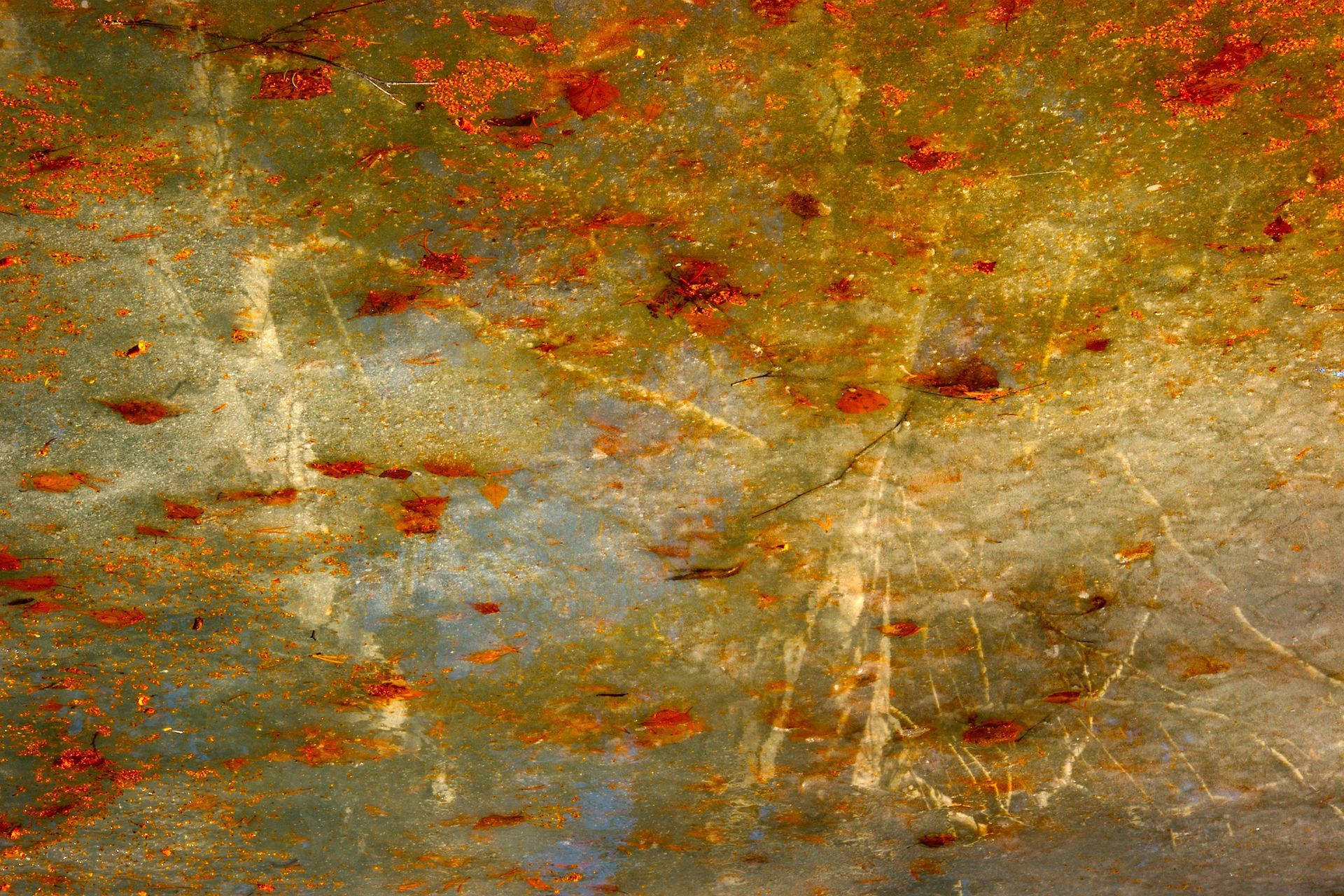
The Inner Landscapes technique can be used to view any aspect of the world around us, because it is not about the land per se, but what it evokes and brings alive inside of us. So, it is a way of reconnecting to ourselves ~ our intuition, our personal wisdom, our spirit ~ while tapping into that ancient archetypal symbolism that is passed through mythology as well as the ancestral and energetic patterns working on, and through us, in this human experience.
So Inner Landscapes is a way of reaching into our own experience to access the images and personal wisdom that we are not yet aware of at a conscious level.
It is about navigating through the mystery of remembering who we are in a more compelling and meaningful way, and discovering how our stories are playing out in our daily life.
For a more personal look into how to use individual images, see the Inner Landscapes Process. This includes illustrations of the tremendous variety of responses that can be elicited by the same image at different points in a reading, or from different people with their unique issues. Also see how to craft a good question, and examples of multi-image Inner Landscapes readings.
As we listen to those stories, and tune into that ‘inner elder’ whispering in our ear, we have the opportunity to uncover the ancient patterns working on us and through us, just as this ancient tree in the winter snow carries the secret wisdom of its return to life in the greening of Spring.
